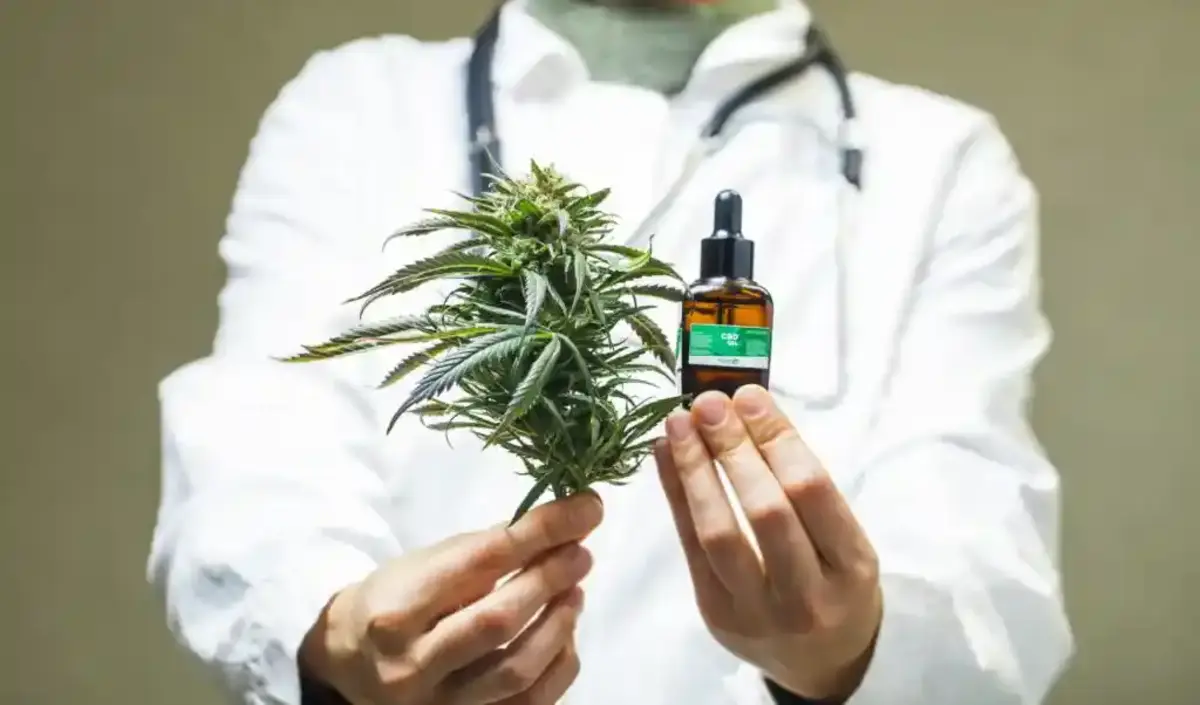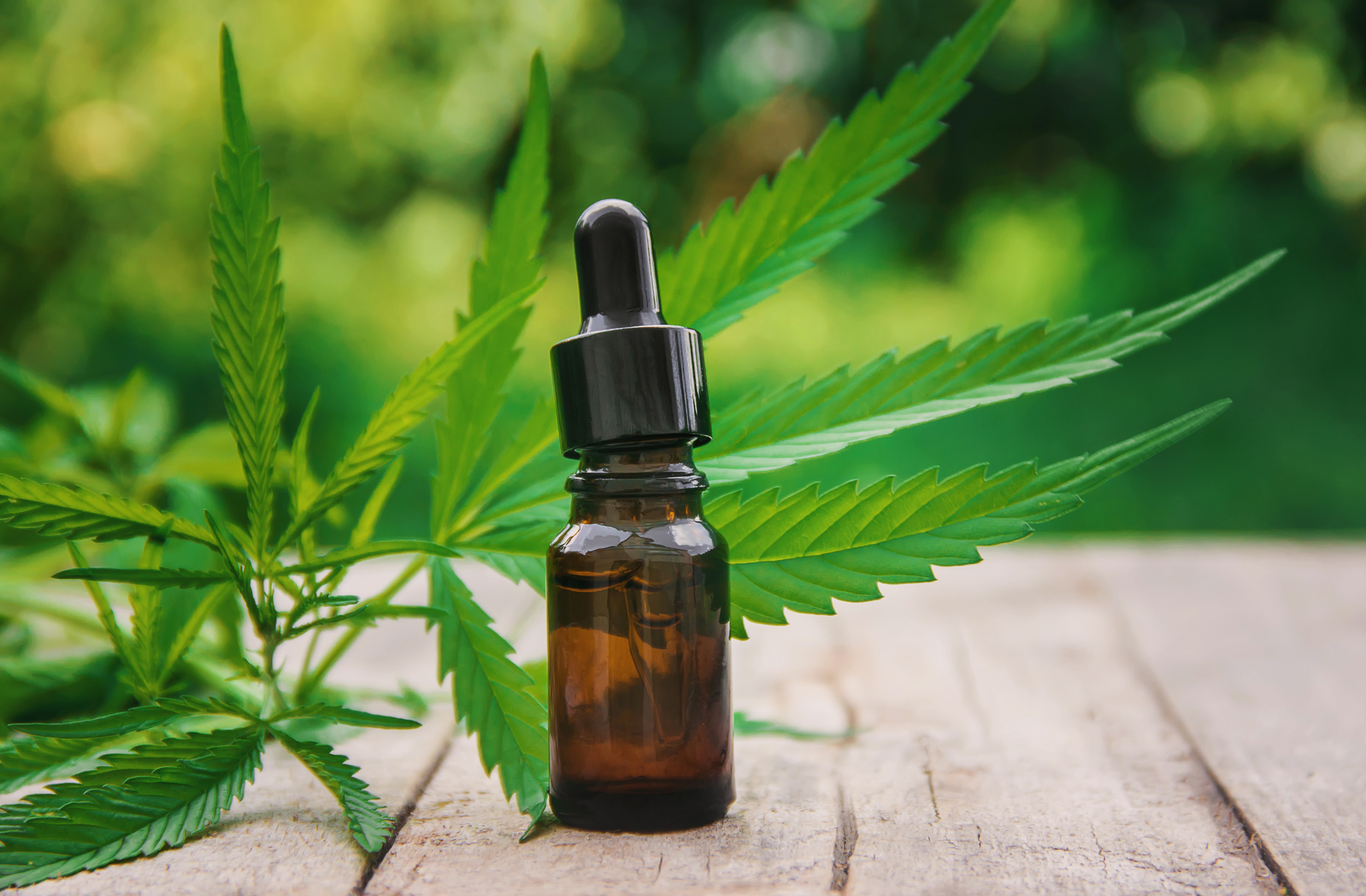Across the world, people are opening their eyes to the positive relationship between medical marijuana and pain.
Marijuana is already legal in some or other capacity in most US states, including Nevada. You may think you know about the many benefits of medical marijuana, but you really don’t.
Here’s the inside scoop.
The Chemistry of Marijuana
Don’t skip this part if you’re not a lover of science, it’s pretty simple.
The Cannabis family of plants produce a unique set of hydrogen and oxygen based chemical compounds, called cannabinoids. So far scientists have identified over 113 types of different cannabinoids. Each of these contributes in some way to the healing properties of these plants.
Cannabis also contains an inactive acidic cannabinoid compound, called THCA. Only once it’s heated does it convert into Delta 9-THC, which is what makes the magic happen for recreational marijuana users.
As such, the healing powers of THC became famous first. Users soon realized that smoking marijuana came with a host of unexpected side-effects. When you light up THC it changes into a powerful painkiller, antimicrobial and anti-inflammatory agent.
More recently studies into the other cannabinoids have revealed that they can relieve a wide range of ailments too.
The second-best known cannabinoid is CBD which has amazing anti-inflammatory and sedative properties. There are plenty more though:
- CBCA is an anti-inflammatory and analgesic cannabinoid useful for treating acid reflux.
- CBG has anti-erythemic and analgesic properties and is also an effective digestive aid.
- CBN can stimulate bone growth, reduce anxiety and is an anticonvulsant.
- THCV aids memory, can assist with weight-loss and boost the immune system.
- CBDVA protects the cells of the digestive tract as well as having anti-inflammatory and analgesic qualities.
It doesn’t end there though. Like many aromatic plants, cannabis also contains a host of terpenes, each with their own unique medicinal qualities.
There’s a lot more to the science of medical cannabis than you thought, right? Now let’s take a look at how it all works in the human body.
The Human Endocannabinoid System
Truth is, marijuana wouldn’t have any effect on us, psychotropic or otherwise, it wasn’t for our inbuilt ability to react with these substances.
Buried deep within the complex cells which make up a human body, is a network of receptors responsible for keeping things on an even keel within. This is the cannabinoid system. It works to keep things ‘just right’ internally by regulating our temperature, blood sugar levels and so on.
In fact, any creature with a spine has an endocannabinoid system to go along with it. There are three main components to this expansive network:
- Cannabinoid receptors on the surface of the cells, mainly CB1 and CB2 receptors
- Endocannabinoids which are small messenger molecules to activate the receptors
- Metabolic enzymes that break down endocannabinoids once they’ve done their job
These three elements work together to maintain homeostasis in the cells.
How It Works
The cannabinoid receptors keep a constant watch on the cell and constantly relay messages to the brain about what is going on inside it. The messages travel from neuron to neuron until they reach their destination.
Simply put, when the receptors send a distress message to the brain, the brain instructs the immune system to fix the problem. One of these fixes is inflammation, caused by white blood cells rushing to the scene to fight infection.
Once the brain has deployed the ‘troops’, it stimulates the production of endocannabinoids to quiet the relevant receptor down. When they’ve done their job, enzymes act to deactivate these little helpers.
It’s easy to see how ‘broken telephone’ syndrome can set in along this complex chain of communication between millions of neurons. Sometimes messages get mixed up and inflammation continues for much longer than intended. It can also spread to the surrounding areas.
The Role of Plant Cannabinoids
When the body’s endocannabinoids aren’t getting it quite right, plant cannabinoids can help bring things back in line. These cannabinoids react with CB1 and 2 receptors to settle them and reduce the body’s auto-immune response.
In this way, plant cannabinoids can assist with a huge range of ailments. These include:
- Anxiety and depression
- Seizures
- Arthritis and other inflammatory conditions
- Chronic pain
- Reduce the symptoms of cancer and the side-effects of cancer treatment
- Acne and other skin reactions
- High and low blood pressure
- Addiction
While studies are still in their infancy regarding some of these medical marijuana uses, one thing is for sure – medical marijuana makes you feel better, and that’s what counts.
The Difference Between Medical Marijuana and Pain Medication
So far, scientists have only scratched the surface when it comes to the benefits of medical marijuana. The number one aspect in favor of medical marijuana is that it reacts with the body as nature intended, and doesn’t interfere with the healing process, unlike prescription painkillers.
Most prescription painkillers are opioids which simply block the path of pain messages to the brain. In this way, they solve a symptom without addressing the problem. Opioids also come with a handful of dangerous side effects.
Medical marijuana may have the following side-effects if it contains THC:
- paranoia
- increased heart rate
- increased appetite
All these are temporary, although prolonged use of THC may have negative effects on people with existing psychoses. If you smoke marijuana it can damage your lungs.
America is reeling in the grip of an opioid crisis. Is it possible that medical cannabis may be a way out?
Get What You Need
If you’re interested in knowing more about the relationship between medical marijuana and pain, you’ll find more information right here.
Always consult with a physician before taking any medicinal cannabis and make sure you act within the bounds of the law in your state.
We have a wide range of marijuana products for fun and health available on our site and we deliver, no matter what your needs are.



